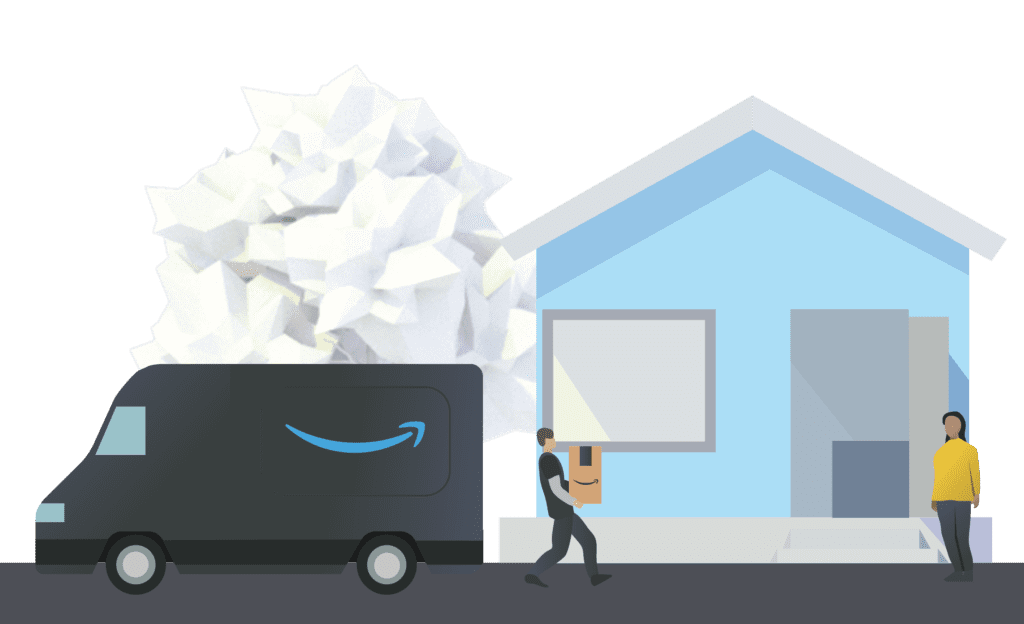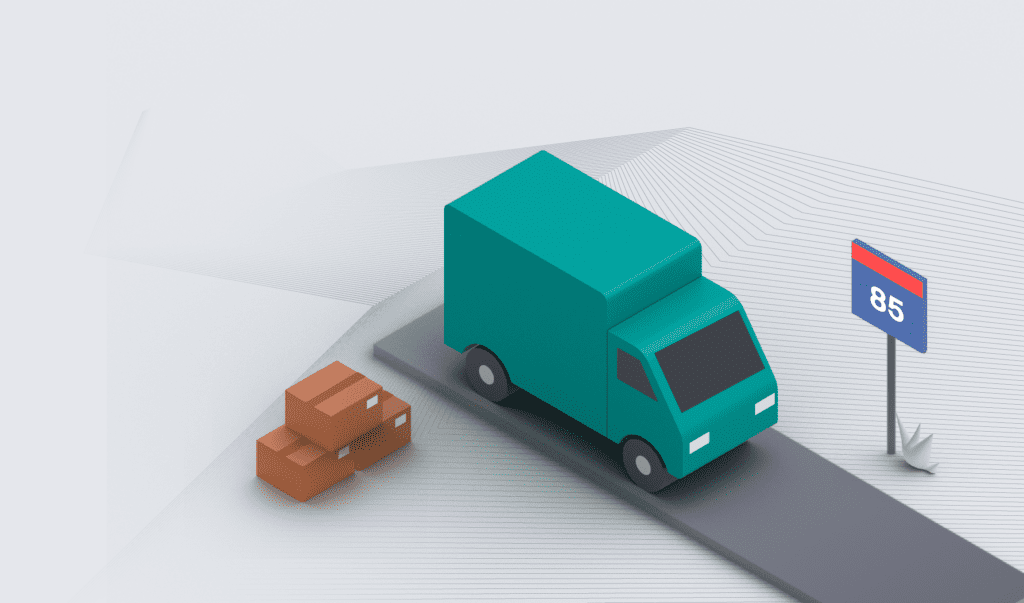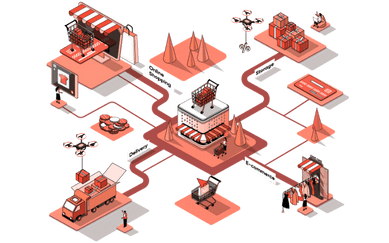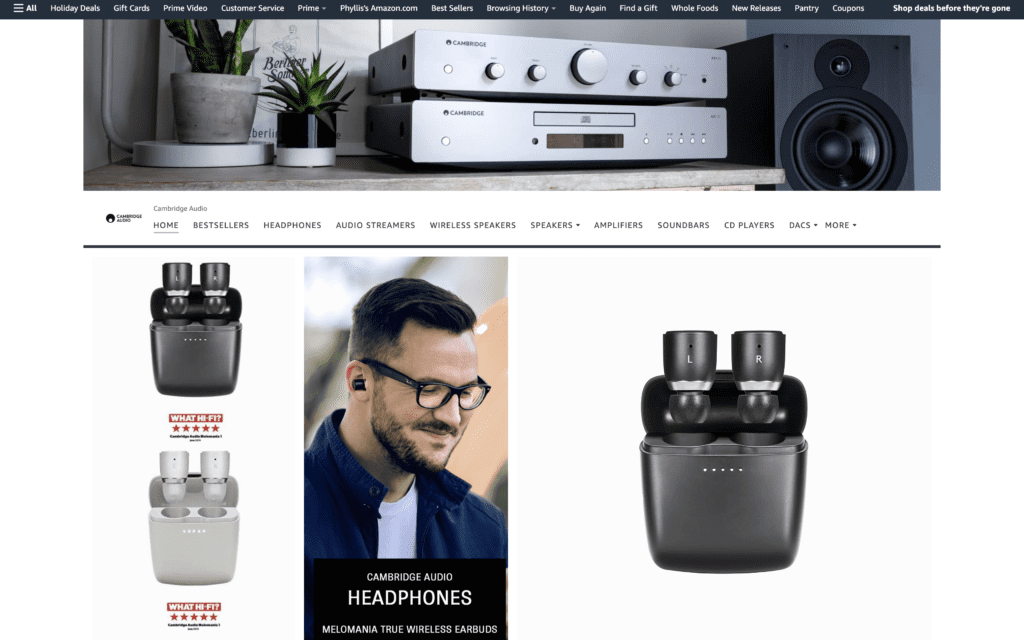Frequently Asked Questions
To start selling on Amazon, you need to create an Amazon Seller account. At that point, you need to choose a fulfillment method and build out your product listings. You can learn more from Amazon’s Getting Started Guide for Sellers.
If you want to be successful in the marketplace, there is additional prep work that you want to consider: off-Amazon marketing plan, on-Amazon marketing plan, website and brand strategy.
The cost of selling on Amazon includes three types of seller fees, and additional costs depending on whether you use FBA or manage fulfillment through a third party logistics company.
Amazon seller fees include: referral fees, minimum referral fees, and closing fees. These fees vary from 6%-45% depending on product category, size, weight and selling price.
If you sell ‘oversized products’ (larger than a shoe box), or use Amazon Multichannel Fulfillment (MCF) to fulfill orders through all channels, additional fees also apply.
To be successful on Amazon, you need to invest time and money into your brand, both on and off Amazon. To grow sales in the marketplace and get in front of more customers, you need to have a solid brand presence on your website, social media, paid search, etc.
You also want to make sure that you are consistently doing some kind of Amazon advertising, and making sure every product listing is complete with quality content and photos, and well optimized for SEO. If you do your own third party fulfillment, faster delivery speeds factor into Amazon’s algorithm as well.
Amazon takes 2.9% for taxes from sellers who use its tax collection services. In other instances, Amazon states, “Sellers may have different sales tax collection obligations depending on the policies and operations of their business. As a result, it is possible that some items in your order may be taxed, while others may not be.”
You can learn more about Amazon sales tax regulations below:
Tax on Items Sold by Amazon Sellers
Technically speaking, you can sell just about anything on Amazon that doesn’t violate the marketplace’s restricted products list. However, Amazon has been increasing its quality filters for sellers and the products sold in the marketplace. To sell well on Amazon today, you should take time to research what is selling well on the platform and how your brand can enter the marketplace with an offering that generates buzz and sales.
















